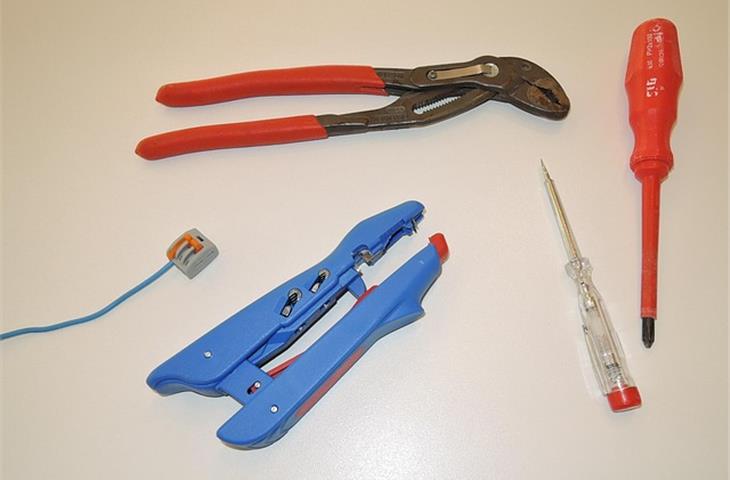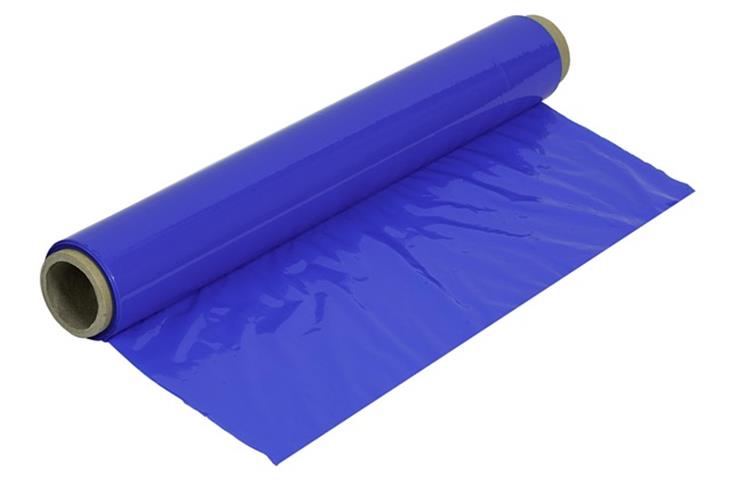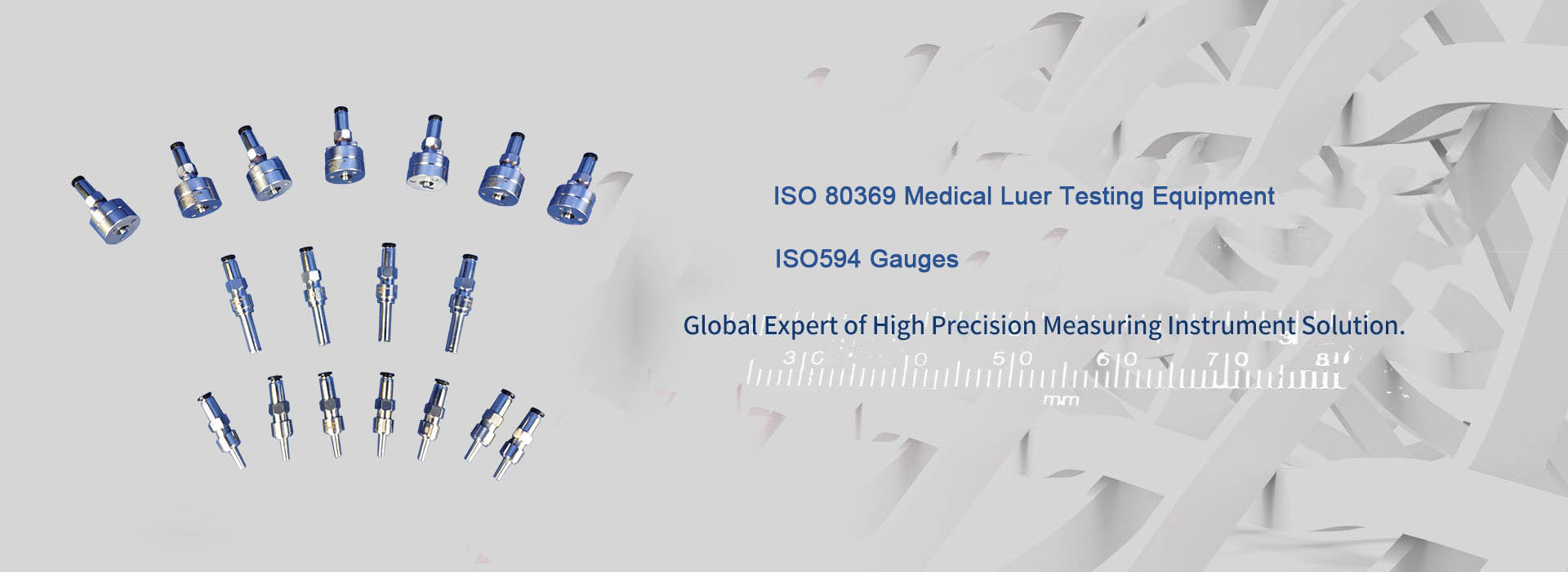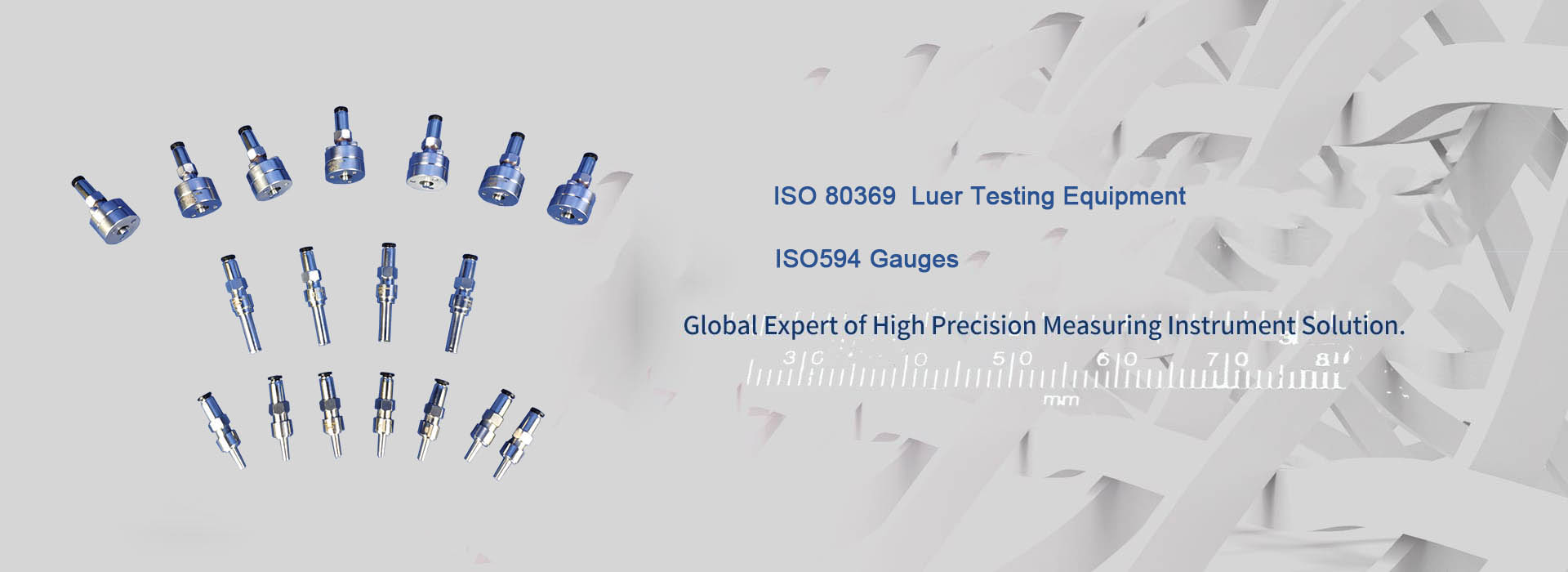Innovative Insights into Adhesion Tensile Testers When Crafting Quality
The stiffness and robustness of diverse substances are provided with priceless information by tensile bond strength testers, which are vital instruments in the area of material physics and engineering.hesive connections are measured by these advanced machines, ensuring that items comply the peak performance specifications.

We will dive deep into the complexities of tensile bond strength testers, emphasizing their relevance and elaborating four critical prerequisites necessary for their optimal functioning, in this article.degree of accuracy and accuracy is the first requirement.To make sure the reliability of the gathered information, tensile bond strength testers must deliver precise and accurate results.

This section will explore the importance of adjustment, the function of sensors, and the necessity for uniform testing methods.The second requirement is multipurpose testing for materials.tensile bond strength testers should be able to conduct tests on a broad spectrum of substances, including ferrous materials, resins, blends, and clays.

This section will discuss the requirement for adjustable clamping systems, multiple test modes, and the importance of software that is adjustable to different materials.The third requirement is a intuitive interface and software.tensile adhesion testers should have user-friendly and straightforward user interfaces and software, enabling technicians to carry out tests effectively and precisely.
This section will emphasize the importance of detailed instructions, visual interfaces, and data analytical features.The fourth requirement is sturdiness and dependability.intense use and severe conditions must be withstood by tensile adhesion testers.This section will discuss the need for solid construction, premium components, and scheduled maintenance to ensure continuous dependability.
- KingPo Delivers and Installs State-of-the-Art Dust Chamber in Korea, Enhancing Local Testing Capabilities
- Neutral Electrode Temperature-rise Tester: Ensuring Safety in Electrosurgery
- ISO 80369-7 Luer Gauge Checklist
- What are the implications for manufacturers transitioning from ISO 594 to ISO 80369-7?
- KINGPO 2024 R&D Results Report
- KingPo CEO invited to the 83rd International Electrotechnical Commission (IEC) General Assembly
- Saudi Arabian Customer Purchase ISO 80369-7 reference connector and ISO 80369-20 test apparatus from us
- ISO 80369-3 Test Equipment LIst
- Understanding the Importance of Buying a Luer Connection Test Kit
- Medical Device Pressure Validation: Ensuring Accuracy and Reliability


